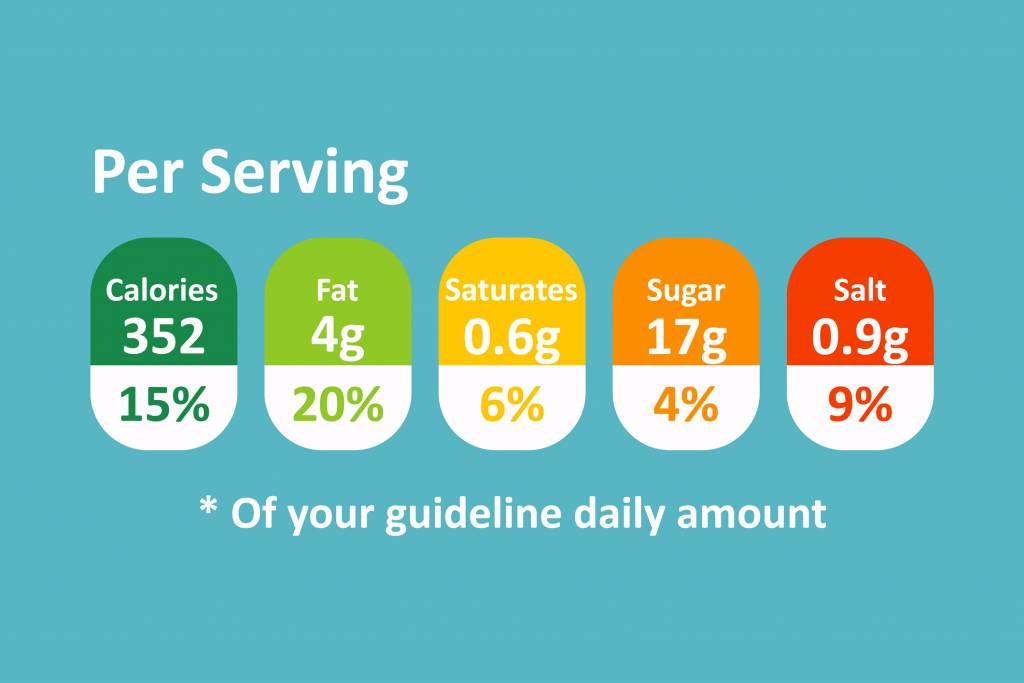“We wanted to know whether food companies were responding to increased public interest in healthier food,” said Rishika Rishika, Associate Professor of Marketing in NC State University’s Poole College of Management and co-author of the study, in a press release. "In other words, is the market driving change in the nutrition of food products? And the evidence suggest that this is exactly what's happening."
The researchers looked at nutritional data on 21,096 products, ranging over 9,083 brands in 44 categories of food from 1996 through 2011. They evaluated whether there was any impact when products adopted the “Facts Up Front” style nutrition labels—a voluntary nutrition labeling in which manufacturers list the calories, saturated fat, sugar, and sodium per serving of their products on FOP labels. In food categories in which at least one product had adopted the FOP labeling, researchers evaluated differences in the nutritional quality of all products in the category both before and after any products adopted FOP labels. These differences were compared to control groups, in which no products adopted FOP labeling.
The results showed a “clear association” between FOP labeling and changes in the nutritional content of food products, the press release says. There were five factors association with the impact of FOP labels on nutrition:
- Premium brands improved nutritional quality more than non-premium brands in the same category;
- Brands that had narrower product lines, meaning they produced fewer products than their peers, improved nutritional quality more;
- Products in categories that are broadly unhealthy, such as snack foods, showed a more pronounced response;
- Foods in "more competitive" categories, meaning those in which there were many competitors at different price points, showed a more pronounced response; and
- Products that had adopted FOP labeling showed more improved nutritional quality.
Related: Survey Reveals Consumer Labeling Preferences ELI Codes: New Innovation Boosts Safety, Spreads Information Associations Request More Time to Comply with Nutrition Labeling Regulations
"We had hypothesized that when nutritional information is clearly marked on the front of the package, that consumers would be more likely to consider it when deciding what to buy," Rishika said in the press release. "This would, in turn, cause competitive pressure on other brands in that category to innovate and improve the nutritional quality of their products. The fact that the effect of FOP labeling was most pronounced for the nutritional variables on the FOP labels supports our theory. And the fact that the effect was stronger for brands that adopted FOP labeling also supports the hypothesis."Some takeaway messages: "For consumers, we found that the presence of a Facts Up Front FOP label on a package generally meant that the product had a better nutritional profile than competing products that didn't have an FOP label," Rishika said. "However, it remains unclear which aspect of the program is more important. Is the fact that the program is voluntary more important, since it helps consumers identify brands that are choosing to share nutritional information on the front of package? Or is the fact that the FOP labeling is prominent more important, simply because the information is more clearly noticeable? Those are questions for future research."










